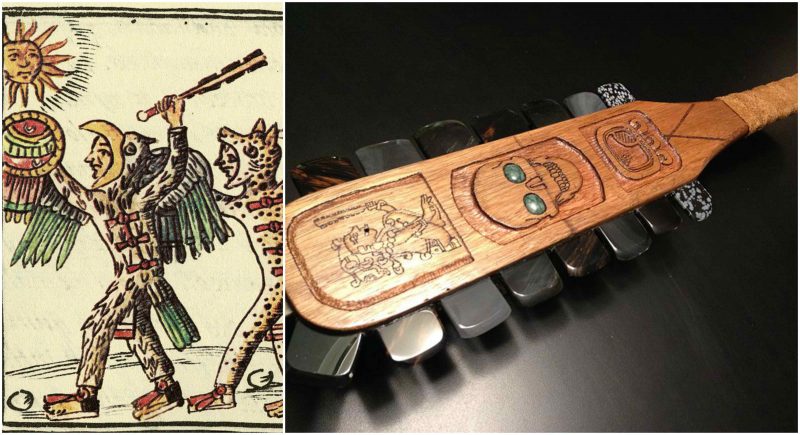
| SHARE:FacebookTwitter |

| SHARE:FacebookTwitter |



 Google Earth top-view of the possible theater at Akragas. Credit: AgrigentoSette
Google Earth top-view of the possible theater at Akragas. Credit: AgrigentoSette
 Carrying the Ark of the Covenant: gilded bas-relief at the Auch Cathedral.
Carrying the Ark of the Covenant: gilded bas-relief at the Auch Cathedral. Symposium scene, circa 490 BC. Wikimedia Commons.
Symposium scene, circa 490 BC. Wikimedia Commons.
While you live, shineThis lyrical part is also accompanied by a poignant etching that takes narrative of the epitaph itself – “I am a tombstone, an image. Seikilos placed me here as an everlasting sign of deathless remembrance.” In any case, as opposed to the Hurrian Hymns (the oldest known song in the world), the Greek composition on the Seikilos epitaph is complete – and thus is less open to interpretation. Simply put, there is more chance of hearing the originally ‘intended’ rendition of this Ionic song, even when recreated in our modern times. So if interested, you can check out this vocal rendition of the enchanting ‘Song of Seikilos’ – the oldest known complete song in the world –
have no grief at all
life exists only for a short while
and time demands its toll.

 Credit: Amir Gorzalczany, Israel Antiquities Authority.
Credit: Amir Gorzalczany, Israel Antiquities Authority.


The finds include a toggle pin and the head of a knife from the Middle Bronze Age from more than 3,500 years ago [see above]. The other items, among them, two mortars and two pestles, fragments of candlesticks, and so on, date to the Fatimid period. The items were apparently manufactured in Syria and were brought to Israel.Lastly beyond the scope of the treasure trove accumulated by Mazliah, the occurrence of shipwrecks around the coastal regions of Levant could be attested by a fascinating find in May of this year. Touted to be the largest hoard of marine-based objects in the last 30 years in Israel, IAA announced that the treasure stash contained both bronze statues and coins, along with other assorted stuff. And interestingly enough, the discovery was made quite by chance when two divers identified the remains of the ancient ship and reported back to the authorities.

 Credit: Jaren Wilkey/BYU
Credit: Jaren Wilkey/BYU
 Illustration by Angus McBride.
Illustration by Angus McBride.
 The Jewish Second Temple replica.
The Jewish Second Temple replica.
 Reconstruction of a ptesosaur. Credit: Gabriel Lío
Reconstruction of a ptesosaur. Credit: Gabriel Lío
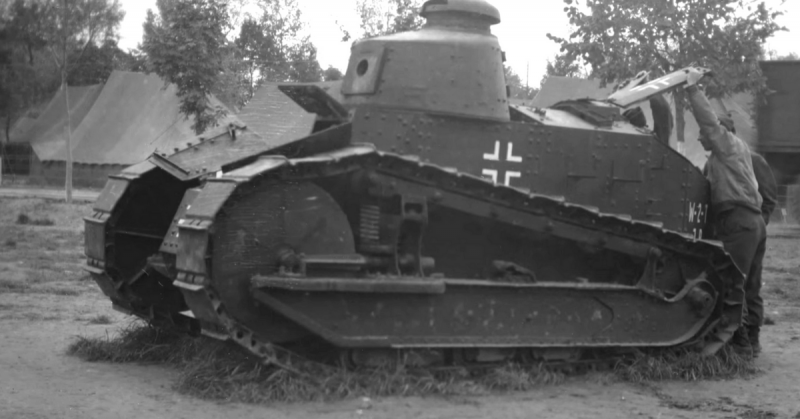
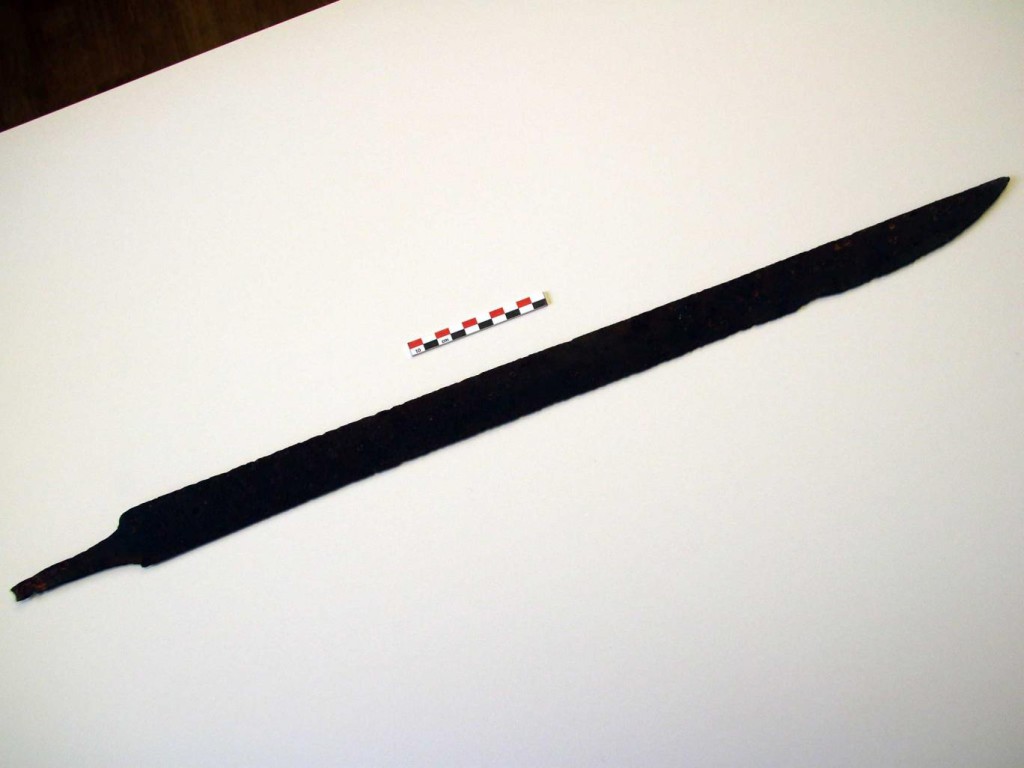

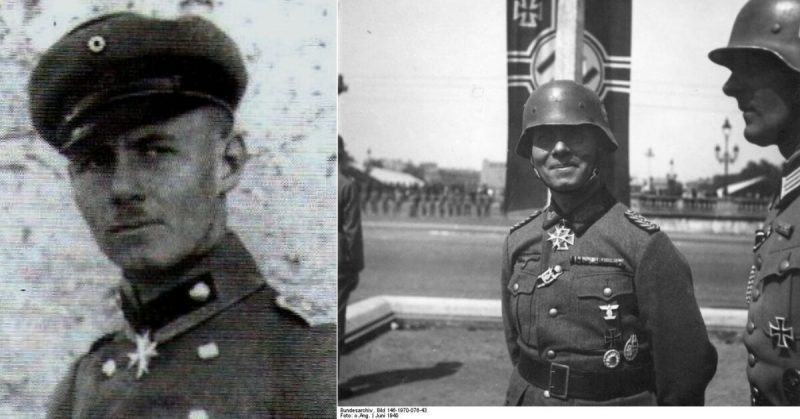

1.03k
SHARES
| FacebookTwitter |

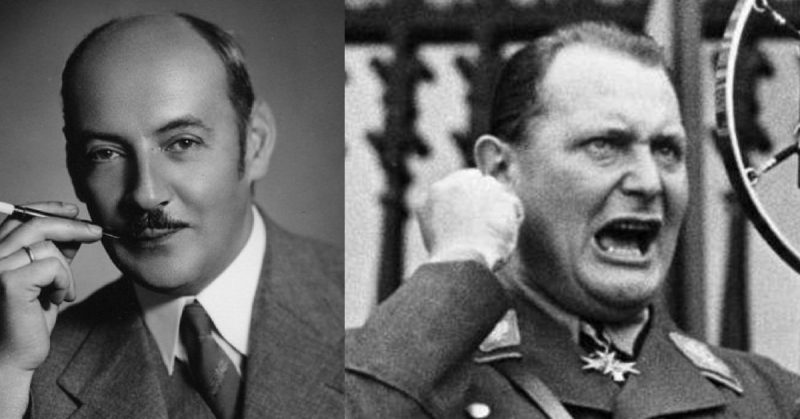
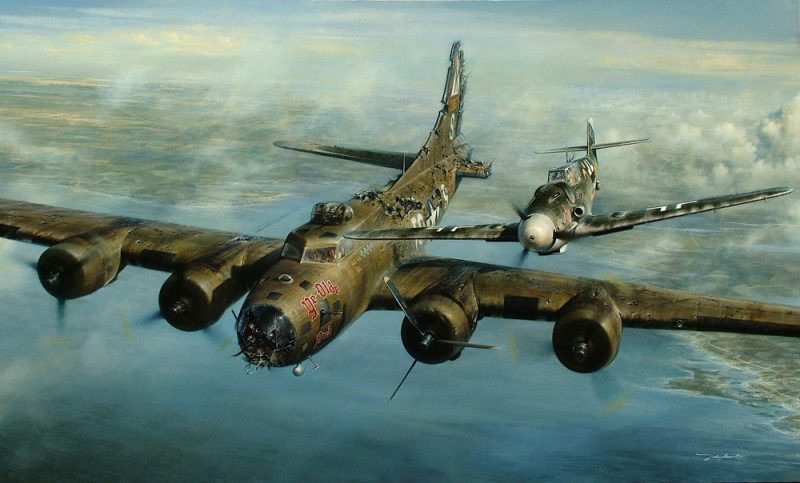
Heather Fishel
 One man in particular fought back from within the Nazi Party, reporting its atrocities and plotting to bring them down from the inside. That man was Edmund Glaise-Horstenau, a general within the Austrian military and respected Nazi leader. Though so many of his fellow Nazis facilitated the concentration camps and various other horrors conducted during the war, Glaise-Horstenau did not – he wanted the reign of terror to end, even if he had to die to make this dream a reality. |
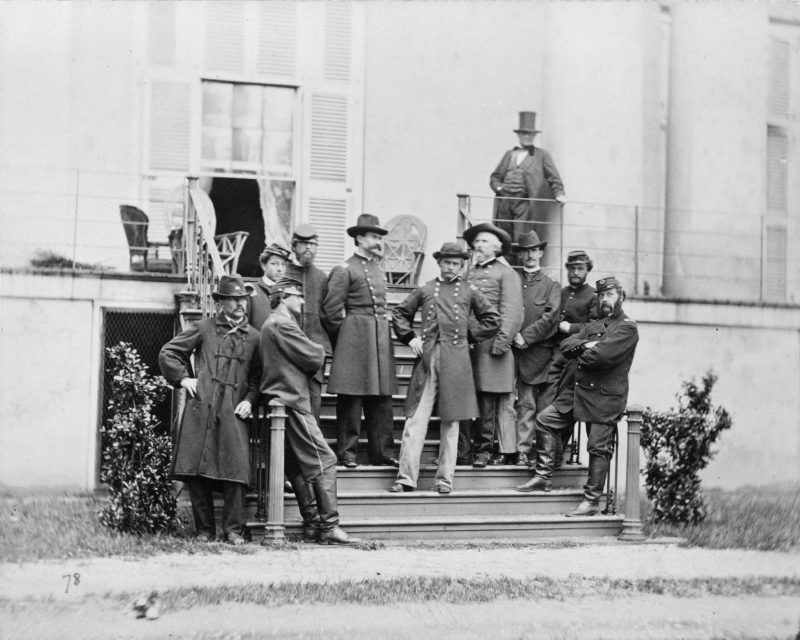


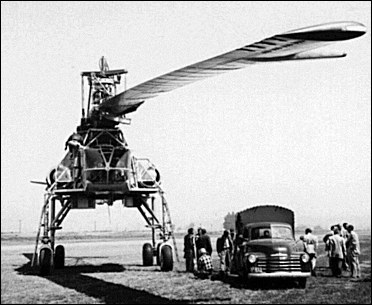 The XH-17 employed an unusual gas-turbine and rotor-tip combustion combination to provide power to spin the gigantic rotors.
The XH-17 employed an unusual gas-turbine and rotor-tip combustion combination to provide power to spin the gigantic rotors.






 The XH-17 employed an unusual gas-turbine and rotor-tip combustion combination to provide power to spin the gigantic rotors.
The XH-17 employed an unusual gas-turbine and rotor-tip combustion combination to provide power to spin the gigantic rotors.





